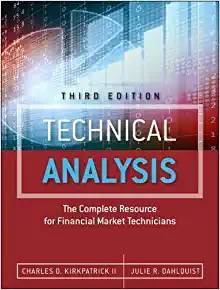Question
1. Tommy invests $2,000. He earns 3% for 4 years and then 5% for the next 6 years. He makes no withdrawals and pays no
1. Tommy invests $2,000. He earns 3% for 4 years and then 5% for the next 6 years. He makes no withdrawals and pays no taxes. How much will he have at the end of 10 Years?
2. Steve wants to have $20,000 at the end of 12 years. He has $8,000 right now. What rate of return must he earn to reach his goal?
3. Hull wants to borrow a car. After making a cash payment for tax, title, and a down payment, he will finance $32, 445. The interest rate is % per month and payments will be required for 5 years.
a)How much will Hull's monthly payment be?
b)What is the effective annual rate of interest?
4. Barbara is starting an investment program. She will invest $1,000 every year, with the first payment made today.She will make a total of 20 payments and will earn 6%. How much will she have at the end of 20 years?
5. Heights Corp. is considering a project that will require a $100,000 investment. It will generate the following end-of-year cash flows: $20,000, $20,000, $20,000, $20,000, $20,000, $15,000, $15,000, $15,000, $15,000, $10,000, $10,000. $10,000. The required rate of return for a project of this type is 11%.
a)What is the projected internal rate of return?
b)What is the projected net present value?
6. Janet's portfolio earned 11.6% last year. Inflation was 2.6%. What was the real rate of return on Janet's portfolio?
7. Marsha is 25 years old and is starting an investment program. Her first annual contribution to her investment fund will be today and will be $1,000. She is committed to increasing her contribution by 3% every year and she thinks she can earn 8% annually. If she makes a total of 40 payments, how much will she have at the end of 40 years?
8. Martha and Martin are 25-year-old twins. Martha makes $1,000 end-of-year payments into her investment portfolio for 10 years and makes no payments after the end of the tenth year. Martin makes no payments for the first ten years, but he makes $1,000 end of year payments starting at the end of the 11th year and continuing through the end of the 40th year. Both Martin and Martha earn 8% on their portfolios. Who will have more money at the end of the 40th year?
Step by Step Solution
There are 3 Steps involved in it
Step: 1

Get Instant Access to Expert-Tailored Solutions
See step-by-step solutions with expert insights and AI powered tools for academic success
Step: 2

Step: 3

Ace Your Homework with AI
Get the answers you need in no time with our AI-driven, step-by-step assistance
Get Started


